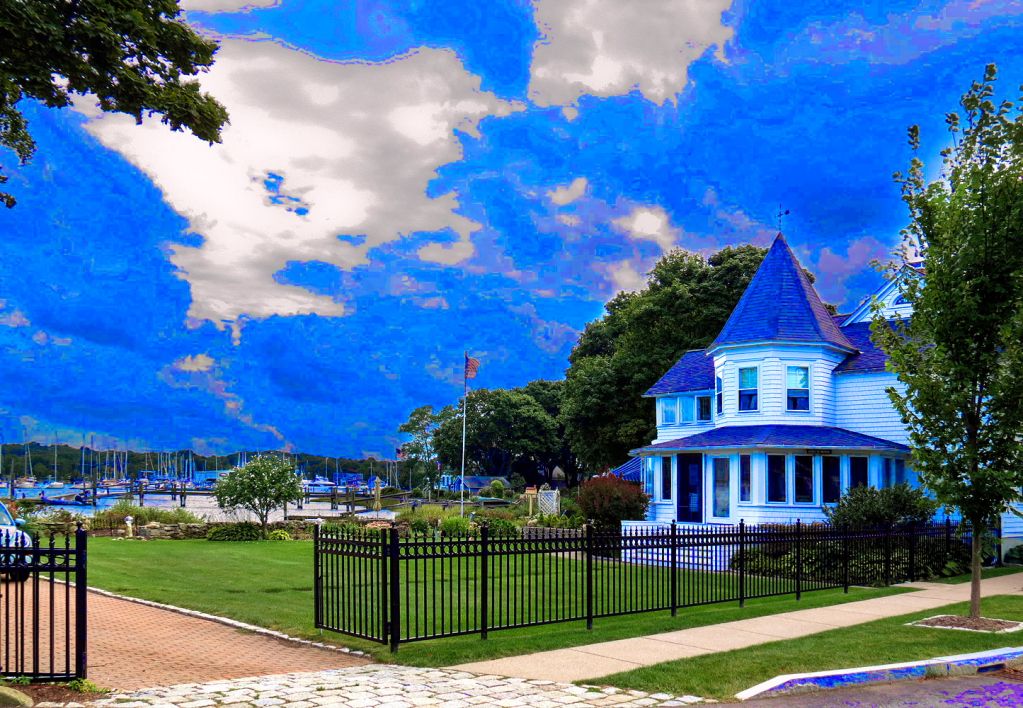That's the problem I think we all face when trying to get it right using PP. And when to stop!
Was this shot in raw mate? Capture NX used with Nikon cameras can be slightly better than PS allegedly, although I swear by PS.
Results 21 to 29 of 29
-
3rd September 2012, 08:00 PM #21
Re: Setting the White Balance in Post Processing
-
3rd September 2012, 08:27 PM #22
Re: Setting the White Balance in Post Processing
LOL! Thanks Mark. It should have been but unfortunately this one was taken with the Canon SX40 so the original is a JPG. I'm with you on PS. It may be years before I can use most of the photography capabilities effectively but I never feel like I'm trapped in a box with it.
-
3rd September 2012, 09:09 PM #23
Re: Setting the White Balance in Post Processing
What I love about raw in PS is the fact that you manipulate it so many times, save as jpegs or Tiffs, then blend 'em in different layers in 'shop.
The lesson is to shoot in raw!
-
3rd September 2012, 09:44 PM #24

- Join Date
- Aug 2009
- Posts
- 2,342
- Real Name
- Steve
-
4th September 2012, 01:27 AM #25
Re: Setting the White Balance in Post Processing
Hi Steve, I can go the the Hue/Saturation Layer, select Blue and see that it is at '0'.
How can I tell that it is oversaturated and how do I set it correctly?
Perhaps there is a tutorial or video that explains this process?
-
4th September 2012, 04:54 AM #26

- Join Date
- Aug 2009
- Posts
- 2,342
- Real Name
- Steve
Re: Setting the White Balance in Post Processing
I really don't know if there is a tut or not. Any time i see a color in question, i go to hue and sat. and max that color out. This will show you where the color is in the image. Sometimes you can just desaturate it and not have to make a layer mask to isolate the problem areas. You really just have to train your eye for oversaturation and color casts.
When editing, the first thing i do is adjust my colors. And then try to protect them using the luminosity blending mode as much as possible.
I add a very small amount of vibrancy to my raw file, and then saturate my images using LAB mode. The amount i add , depends on the image. Some images are already well saturated and don't need much, and others need more. (this is all subjective of course , which is why there is no right or wrong on color temp or saturation.)
Colors are one of the hardest things to get a handle on.
Your image with the blue channel desaturated and the color saturation boosted with LAB mode.(masked out the sky, so it wouldn't turn blue again)

Last edited by Steve S; 4th September 2012 at 05:14 AM.
-
4th September 2012, 01:39 PM #27
Re: Setting the White Balance in Post Processing
Thank you so much for the background explanation Steve. I always struggle with these touchy-feely things so I know it will take me a while to get a good grasp on it.
I can certainly agree that "Colors are one of the hardest things to get a handle on." but for me it is worth the effort.
-
4th September 2012, 02:55 PM #28
Re: Setting the White Balance in Post Processing
Different software but the same type of technique used on an extreme example along with the results of doing it the other way.
http://ywwg.com/wordpress/?p=270
I've found it better to reduce the saturation to a very low level and subtract it several times or adjust the level of saturation as I go.
-
10th September 2012, 02:48 AM #29

 Helpful Posts:
Helpful Posts: 
 Reply With Quote
Reply With Quote


